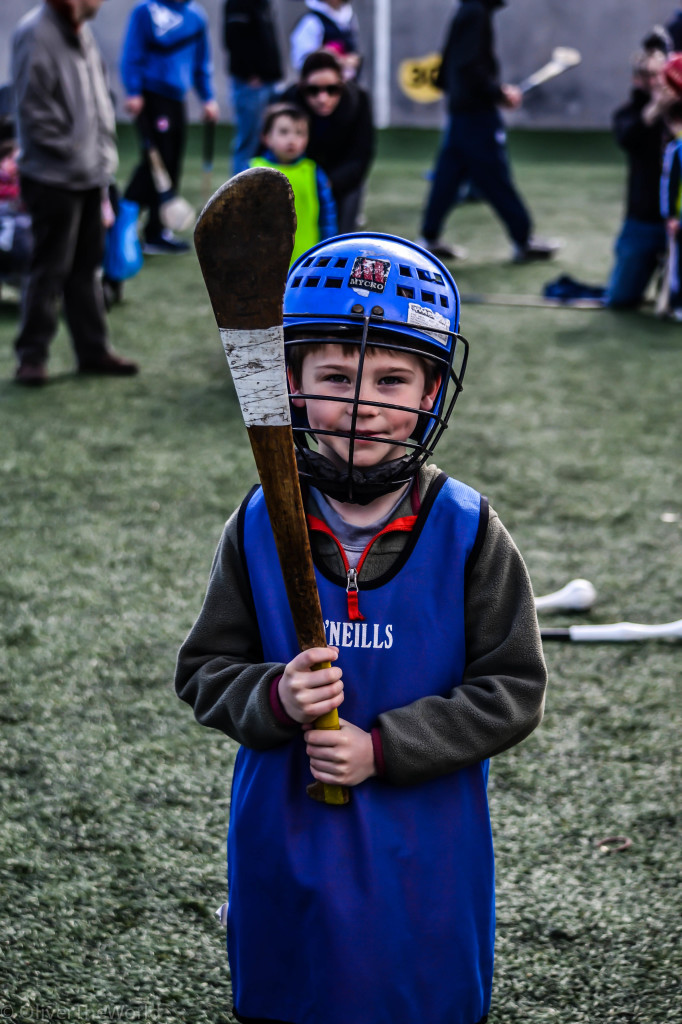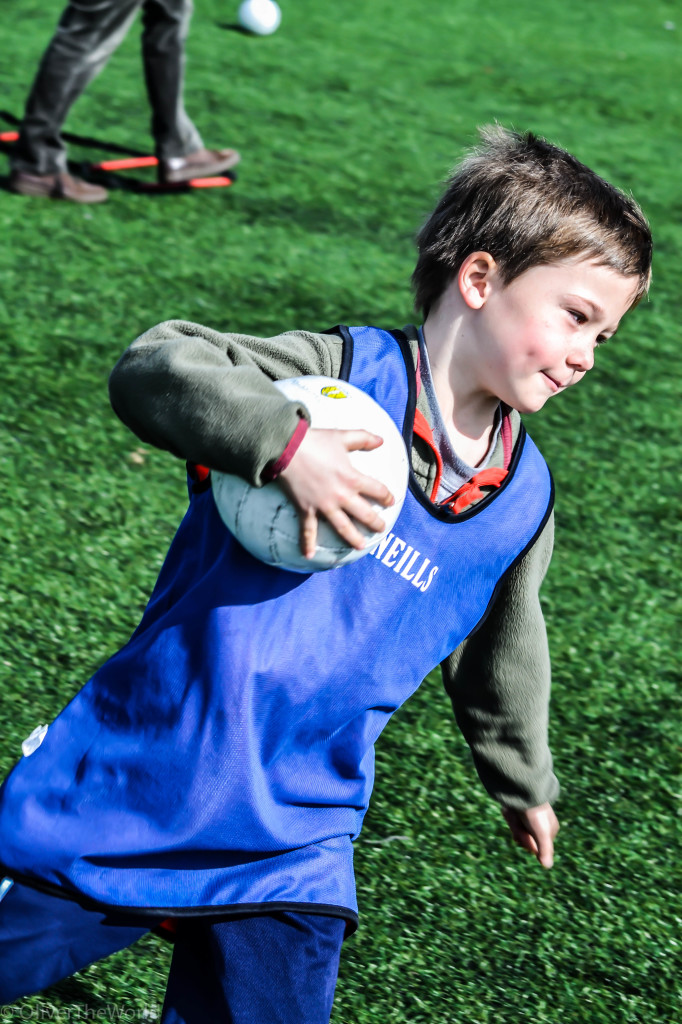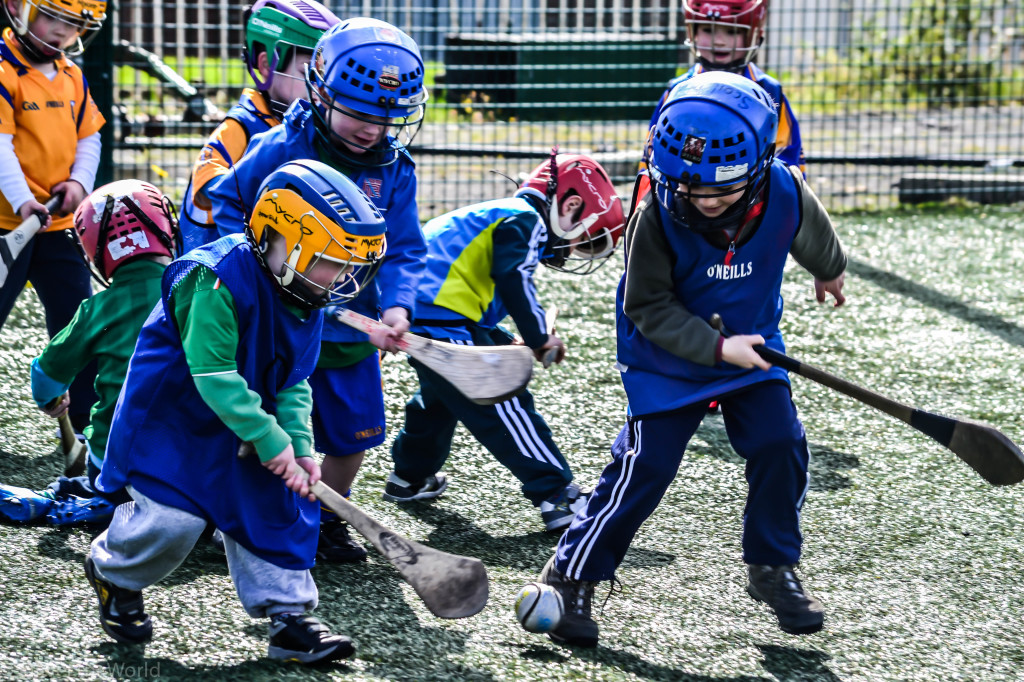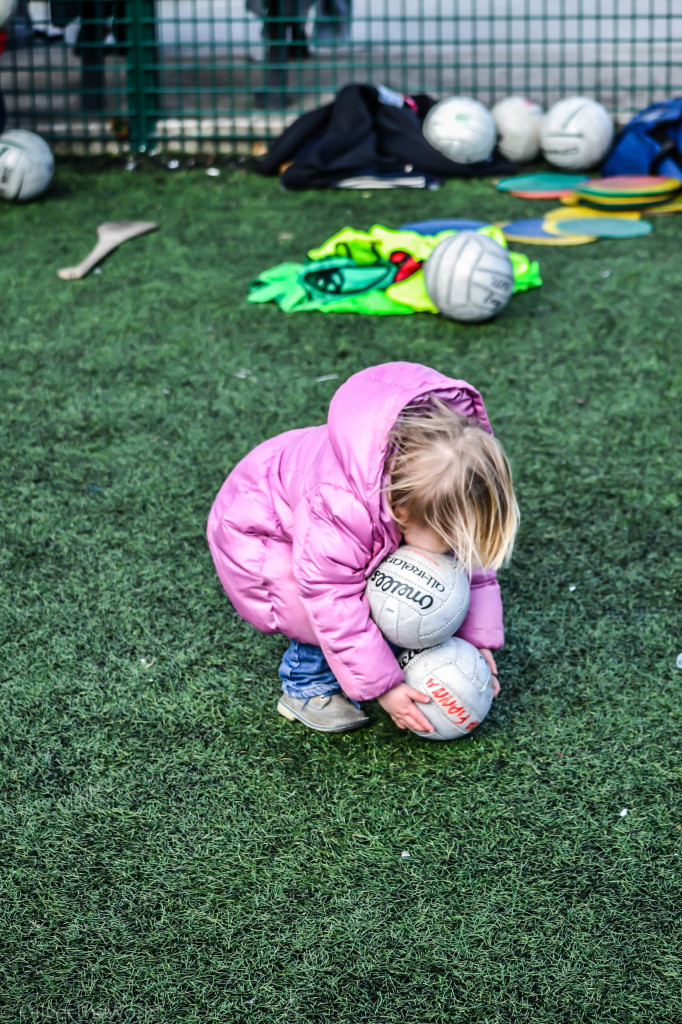April 2013
Dublin & Kilkenny, Ireland
In Ireland earlier this spring, we had the opportunity to learn about the fascinating and ferocious (fascinatingly ferocious?) world of Gaelic sports. And while I’m not referring to competitive Guinness-swilling, I have been a witness to that at one point in my life, and I can attest that it is fascinating in quite its own way…
While Ireland like much of the European world stands wholeheartedly behind both their rugby and football (soccer as we gringos call it), what intrigued us most were the two ancient sports unique to the island and incidentally, most loved by its citizens: Gaelic football and hurling. Both sports are as old as the Hills of Tara and predate Irish history.
[tubepress video=”TEAbWrdB9XU”]
For anyone who has visited Dublin’s impressive Croake Park, it’s fairly easy to see how Gaelic football is one of Ireland’s sacred pastimes. Teams of fifteen play on a rectangular grass pitch with H-shaped goals at either end. Scoring is achieved by kicking or hand-striking something that vaguely looks and feels like volleyball either through the goalposts or over the bar. Defensive play falls somewhere between Association football and rugby, which is to say that there is tackling but without the carnage. If it sounds like Aussie Rules, that’s because Gaelic was its inspiration; waves of immigrants brought the sport with them. Like all Gaelic sports, it is technique-driven, fast paced, and is a high-scoring game.
[tubepress video=”TmzivRetelE”]
Hurling, as they say, is “the fastest game on grass”. I find that the best way to consider it is to visualize a union between Hercules and a cheetah, and then to imagine their offspring has been expertly instructed in lacrosse, field hockey, baseball, and the finer art of that game that involves running, while balancing an egg on a spoon.
Teams of fifteen players face off on a rectangular pitch with H-shaped goalposts at either end. Armed with hurling sticks (“ a hurley”) that have the appearance of a field hockey stick with a slightly wider striking end, the players manipulate an extremely small, extremely hard leather ball (“a sliotar”) both on the ground and in the air as it travels at speeds in excess of 150km/h (93mp/h). Agility and razor-sharp eye-hand coordination are critical. While the ball can be picked up off the ground with the stick and carried by hand, strict rules dictate how many steps the players can take, and most get around this by racing full speed down the pitch while balancing the ball on the flat end of their stick. Other mind-boggling techniques include the “overhead catch” or the “running strike-out-of-hand”. Hooks, checks, blocks and slashes to the face are all de rigueur. If the game sounds terrifying, consider this: the goalies don’t wear gloves, cups, facemasks, or any padding at all!
So of course we did what was natural, and in an effort to broaden our children’s exposure to the various cultural elements of whatever country is hosting us at the time, we threw him straight to the wolves. We enrolled Oliver in a day of Gaelic sports with the wonderful outfit Experience Gaelic Games located just outside of Dublin.
It was a beautiful day in late April that made for a fine family event. Ryan’s parents were visiting from California, and with our gracious host Georgina, we acquainted ourselves with the history and rules of both games and Oliver was explained what to expect. After that, he was led out onto the pitch where 300 Irish kids between the ages of four and seven years had arrived for the “Club Nursery” Saturday session. Talk about immersion!
For the better part of the morning, Oliver participated in a series of drills aimed at introducing him to the two sports. As Kendley batted around a mini-football and had her path diverted from stampeding six year olds with hurling sticks by her watchful grandparents, Ryan and I cheered on Ollie and his pint-sized teammates as they slalomed around cones and swatted at tethered sliotars. A bevy of coaches, several who were players themselves, organized scrimmages that were as entertaining to watch as the real thing. A handful of stout little Irish kids appeared to be future athletes themselves, as could be seen in the way they handled their hurlies or maintained steady ball control while their peers attempted to dive bomb their every turn. For his part, Ollie was simply overjoyed to run and tussle with kids his own age, and if he absorbed any of the rules of either game, all the better. Our morning with Georgina, her lovely daughter Muire and the rest of the team at EGG was easily the highlight to our time spent in the Dublin area, and it of course made for some very good action photography.
A few weeks later, we did have the opportunity to take in the “real thing”, which came in the form of a Wexford vs. Kilkenny hurling match. Val, our new friend and Kilkenny local, hooted and hollered for her home team as I cringed and ducked my head at some of the more grisly plays.
“Ack! That goalie isn’t wearing a cup! Isn’t he too young to decide now that he doesn’t want to father children some day?!” I cried after a ball ricocheted at warp speed in the direction of the Wexford guy’s groin. Val answered me, nonchalantly. “None of them are wearing a thing down there. That’s what the boys have two of em’ for!” I was reminded also that both hurling and Gaelic football have long observed the tradition of being purely amateur sports, in the sense that anyone can play at their local GAA (Gaelic Athletic Association), and that the top players from every league don’t get paid a cent.
“All for pride and passion”, I murmured as one of the players tore down the field at full tilt, the ball balanced on the flat part of his stick. He wheeled around suddenly and in one fluid movement, cracked the ball out of his hand, sending it down the field where his teammate leapt up and caught it in mid-air…with his BARE HAND. Val nodded and turned to me. “Tis’ why we start them young!”
Explore Gaelic Games is based at the Na Fianna GAA Club on Mobhi Road in Glasnevin, which is about a ten-minute drive from the center of Dublin. Both the No. 4 and No. 9 bus from the center of town drop of very close to the facility. Georgina and her staff can be reached via the website: www.experiencegaelicgames.com. GAA game schedules can be found here: http://www.gaa.ie








